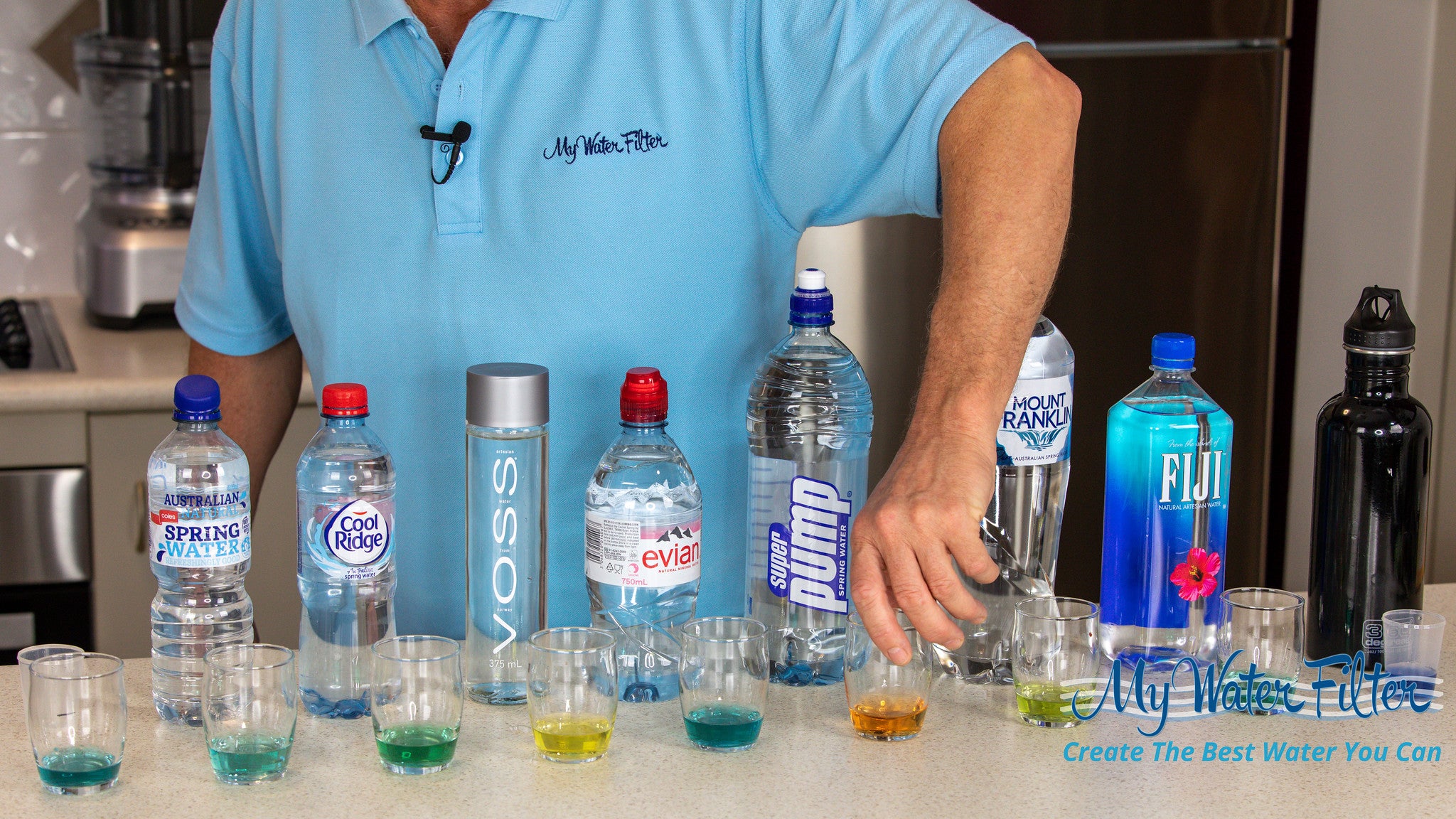Water pH is one of the most important factors determining water quality and safety and is simply a measure of acidity or alkalinity. Imagine a scale that runs from 0 to 14, the middle is 7, and that’s neutral.
Go below 7 and water is acidic, go above and it’s alkaline.
Why Is It Important To Talk About Water’s pH?
The acidity or alkalinity of water is an important factor determining the quality of your water supply and its safety for use and consumption. Extremes in water pH indicate bad and unsafe water quality. Cases of water pollution can render water in rivers and reservoirs acidic. This harms aquatic life and makes treatment facilities work harder to remove chemicals that acidify the water.
Understanding Your Body’s Delicate pH Balance
Your body is sensitive to changes both on the outside and the inside.
Your body operates within a narrow range of pH to remain healthy, beyond which it starts to succumb to acidity or alkalinity. Hence, the water you take in must be within a healthy pH range.
The optimum blood pH reading for a healthy adult is within 7.35-7.45. Your body cannot function properly if there is a long term imbalance that is brought about by a poor diet, poor lifestyle or stress, which make your body fluids acidic.
Best pH For Drinking Water
The ideal pH level of water for drinking is at least neutral, at 7pH.
pH Of Tap Water - Problems Affecting The pH Community Water Supply
Generally, the community water supply in Australia has a neutral pH.
However, your tap water may look so clean and safe, but its quality (including its pH) is susceptible to the following:
Pollution (e.g. from landfills, farms, coal mines, and industrial plants) Improper treatment (including practices like chlorination and fluoridation) Floods, Earthquakes, Cyclones Breakdown of treatment facilities Old pipes/old plumbing Leaking sewers Seasons Rocks (near rivers or near groundwater)If you are using water that comes from underground, you are particularly vulnerable to pollution or leaking sewers.
Tap water isn’t foolproof either.
Tap water is also subject to pipeline damage, corroded plumbing, and natural disasters that disable treatment facilities and destroy pipes.
Chlorination and fluoridation are two chemicals that community water goes through during treatment, and they make acidic water. Acidic water increases the chances of corrosion of metal pipes in your plumbing which affects your water supply.
Water with low pH mostly likely contains heavy metals such as cadmium, copper, iron, lead, and nickel.
Are You Drinking A Toxic Brew Of Heavy Metals?
Certain things make water alkaline too.
Groundwater, for instance, surrounded by limestone is expected to be alkaline.
Water with too much calcium and magnesium can be too alkaline for home use and consumption. It tastes bitter, leaves scales on surfaces, and coats the inner surfaces of pipes with lime that clogs them over time.
How Water Filters Neutralise Your Tap Water
If you are concerned about the safety of your tap water and would like to remove as many contaminants as possible while also making pH neutral water and better, you may want to consider a water filter.
Water Filters neutralise your home water supply without adding chemicals to it. A state-of-the-art combination of carbon filtration and reverse osmosis can remove substances that make the water acidic.
You can even go one step further and purchase a water filter that includes an alkalising cartridge as part of the system, which releases small amounts of minerals to replace what is lost in the treatment process and ensure your water is pure and has a neutral pH.
Click here to check out our collection of Alkaline Water Filters.
If you prefer Reverse Osmosis, we highly recommend using an Aquasana OptimH2O to create the cleanest water with a neutral pH.







